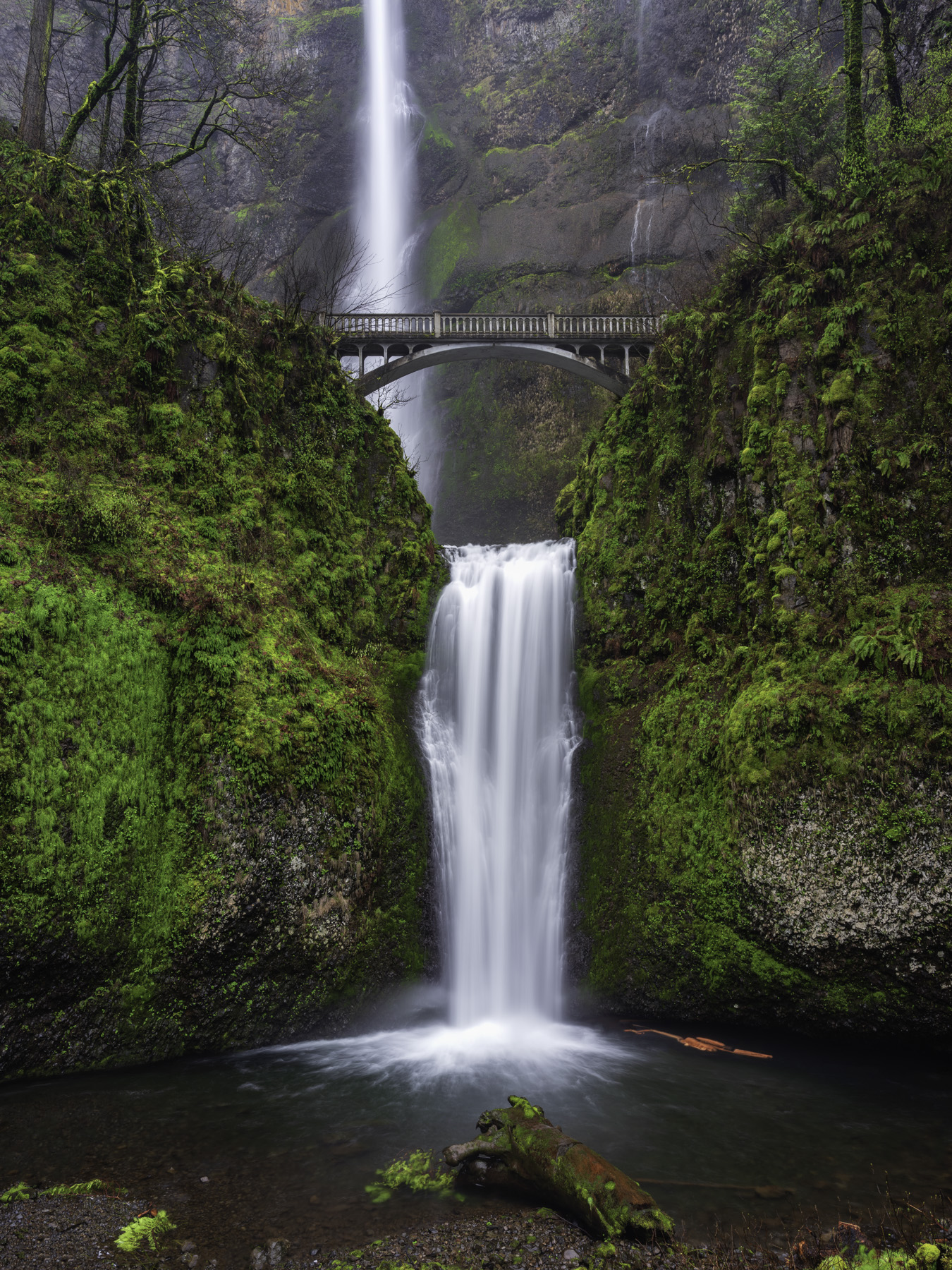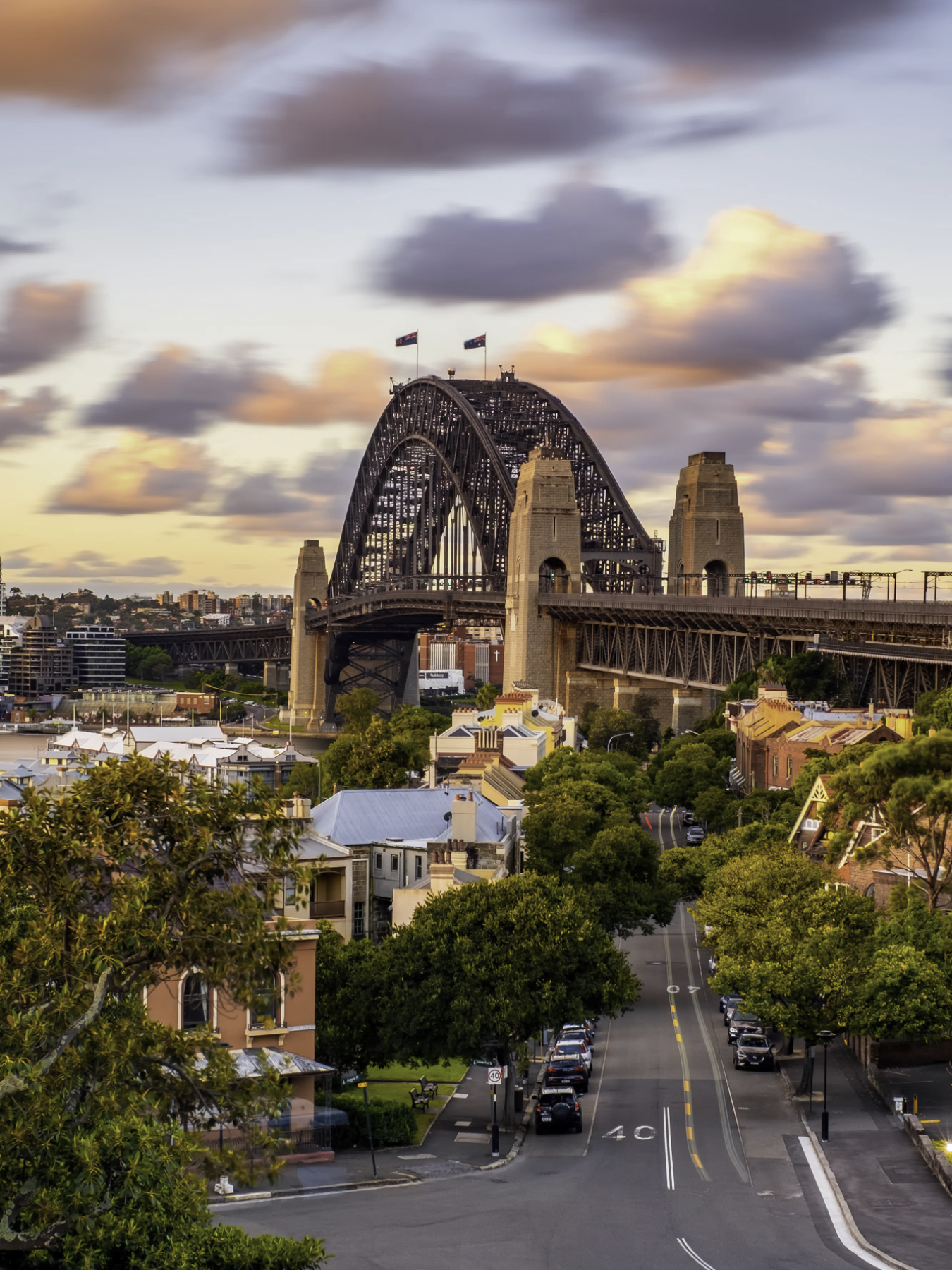A neutral density filter or ND Filter is a camera accessory that reduces the amount of light entering the camera lens, allowing for a longer exposure time. The filter’s primary function is to balance the exposure of a scene by reducing the brightness of the brightest elements without affecting color or contrast. ND filters come in different levels of density, which determine the amount of light that passes through the filter.
ND Filters enable you to capture sharper images and photograph at larger apertures allowing you to control diffraction. For example, if the subject is a waterfall during the day and the target shutter speed is 2 seconds to smooth out the flowing water, without an ND the aperture will be small ie f/22 and this will cause a reduction in sharpness due to diffraction. With an ND Filter, it will allow you to reduce the aperture ie f/10 to get a sharper image.
Types of Neutral Density Filters
There are various types of ND filters, each with its unique characteristics and applications.
Solid ND Filters
Solid ND filters are the most common type of ND filters. They are available in different densities, ranging from ND2 (1 Stop) to ND100K(20 Stop), with each density value indicating the number of stops by which the filter reduces light. Solid ND filters are useful in situations where you want to achieve a longer exposure time during the day or when using a wide aperture.
Graduated ND Filters
Graduated ND filters have a graduated density that varies from one end to the other, with one side being denser than the other. These filters are useful when shooting a scene with a significant difference in brightness between the foreground and the sky. By positioning the denser part of the filter over the brighter area, you can achieve a balanced exposure.
Variable ND Filters
Variable ND filters allow you to adjust the density of the filter by rotating the filter ring. These filters are perfect for situations where lighting conditions are continually changing, such as shooting in a forest or near the water.
How to Use Neutral Density Filters
Now that we’ve explored the different types of ND filters let’s dive into how to use them to their maximum potential.
Controlling Exposure
The primary use of ND filters is to control exposure. For instance, if you’re shooting a waterfall or a flowing stream, you may want to use a slower shutter speed to capture the water’s motion. However, doing so without an ND filter would result in overexposed images. By using an ND filter, you can reduce the amount of light entering the lens, allowing for a slower shutter speed.
Creating Motion Blur and Capture a Sense of Time
ND filters are useful in creating motion blur in your images. By using a slow shutter speed, you can capture the movement of clouds, water, or any other subject that moves, resulting in a visually appealing image.
Balancing Exposure
ND filters are perfect for balancing exposure when shooting a scene with a significant difference in brightness between the foreground and the sky. By using a graduated ND filter or GND, you can position the denser part of the filter over the brighter area, achieving a balanced exposure.
Shooting Wide Aperture in Bright Light
Shooting wide aperture in bright light can be challenging, as it can result in overexposed images. Using an ND filter, you can reduce the amount of light entering the lens, allowing for a wider aperture and a shallower depth of field.
Some common examples of using ND Filters
Smoothing or softening of water
By using an ND filter, you can achieve longer shutter speeds, which in turn creates a blur effect on moving water. This effect is commonly used in landscape photography, particularly when capturing waterfalls or streams. The result is a smooth, flowing image that creates a sense of movement and tranquility.
Emphasizing water flow
Similarly, ND filters can also be used to emphasize the flow of water in an image. By choosing the appropriate filter strength, you can create a balance between the blur effect and the detail of the water. This technique is particularly useful in capturing the energy and power of ocean waves.
Smoothing or softening of clouds
ND filters can also be used to create a dreamy effect on clouds. By using a long exposure, the clouds will appear to move across the sky, creating a sense of movement and dynamism. This technique is particularly useful in landscape photography, where a dramatic sky can add depth and dimension to an image.
Emphasizing movement in an image
ND filters can also be used to emphasize movement in an image. By using a long exposure, you can create a blur effect on moving subjects, such as people, cars, or animals. This technique can add a sense of energy and motion to an image, making it more dynamic and interesting.
Creating cloud movement
In addition to creating a blur effect on clouds, ND filters can also be used to create a sense of movement and direction in the clouds. By using a filter with a longer exposure time, you can create streaks of cloud movement that add a sense of drama and tension to an image.
Removing moving objects
Lastly, ND filters can be used to remove moving objects from an image. By using a long exposure, anything that moves within the frame will be blurred or disappear entirely. This technique is particularly useful in busy scenes, such as cityscapes or tourist attractions, where you want to remove distracting elements from the image.
Neutral density filters are an essential tool in every photographer and videographer’s toolkit. By understanding the different types of ND filters and how to use them, you can unlock their full potential and enhance your photography and videography skills. Remember to experiment with different densities and filter types to achieve the desired effect in your images. With a little practice, you’ll be able to master the art of using ND filters and take your photography and videography to the next level.
ND8 (3 Stop) to smooth out water flow.

ND1000 (10 Stop) to smooth out clouds and show cloud movement.
